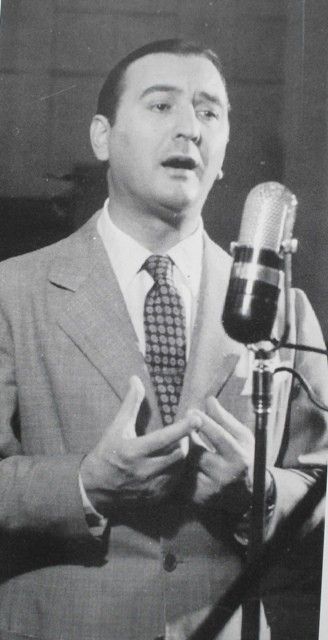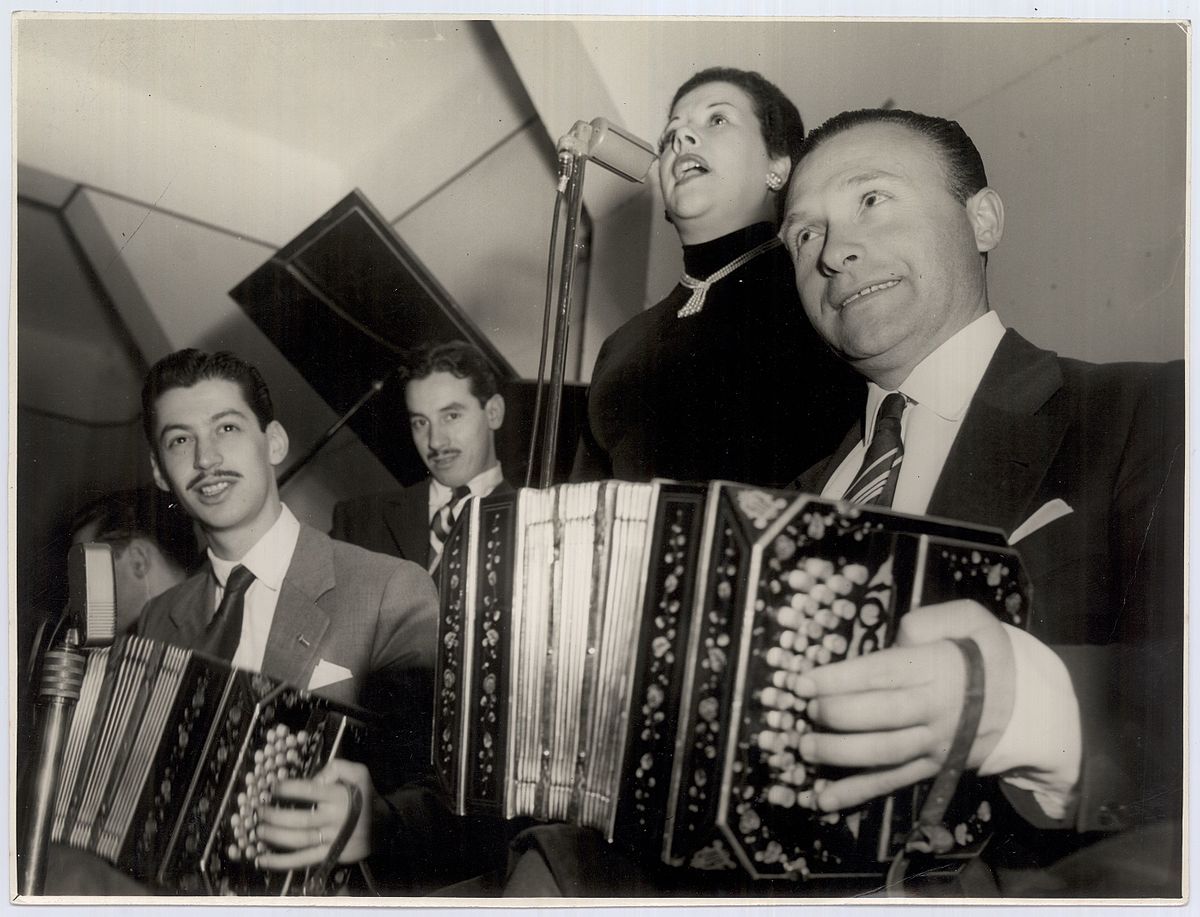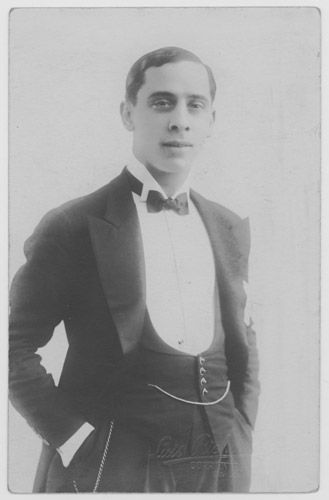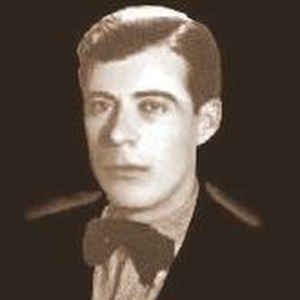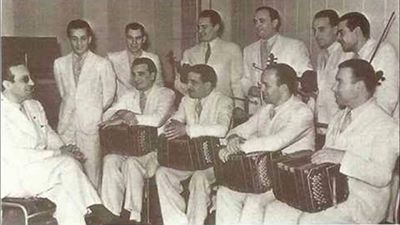“No aflojés” by Ángel D’Agostino y su Orquesta Típica with Ángel Vargas in vocals, 1940.
 Ángel Vargas
Ángel Vargas
Singer, lyricist and composer
(22 October 1904 – 7 July 1959)
He was the paradigm of the orchestra singer, to such an extent that when we refer to Ángel Vargas, we are inevitably reminded of Ángel D’Agostino, the orchestra leader of his greatest hits.
A singer with impressive personality, he is the symbol of porteño (from Buenos Aires) tango phrasing in the 40s. Vargas sings as only in the 40s tango was sung.
His phrasing was reo and compadrito but at the same time of an infinite good taste.
He had a sweetness which compensated for his small but masculine voice, he generated sympathy and was, above all, a charismatic singer.
Among his recordings these tango interpretations stand out “No aflojés”. Continue reading at www.todotango.com…
Listen and buy:
 |
 |
